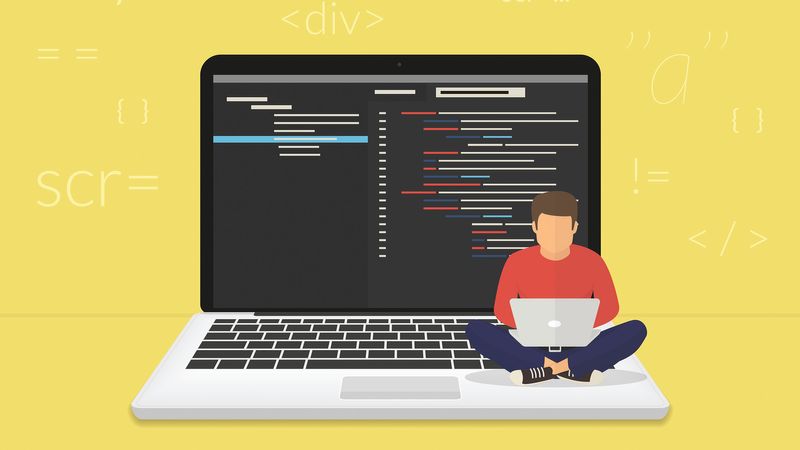At the 2017 Jamf Nation User Conference (JNUC), we announced the new Jamf Developer Portal. The purpose of this portal is to serve as a centralized repository for all things developer-related at Jamf. The first iteration of the portal included:
- A full API reference: We’ve rewritten the Classic API specification to fully document how the API works. We added model and example data to make it easier to understand each endpoint.
- General API documentation: We’ve fully documented the schema for the Classic API, in addition to the possible status codes the API generates. We also detailed how to interact with passwords in the API.
- Code samples: We’ve created code samples for common workflows in several languages.
- Webhook documentation: We’ve documented every possible webhook event, what triggers each event, and what kind of data structure to expect in the webhook payload.
The response to the launch of the portal has been tremendous and we’re pleased that it has provided value to our customers and developer partners. We have continued to work on the portal since JNUC, and are pleased to announce additional documentation around how to handle passwords in the Classic API, a new “Try It Out” functionality in the API reference, and updates to the API reference for Jamf Pro 10.2:
Passwords in the API
Many resources within the Classic API contain passwords as attributes and how to interact with these attributes hasn’t always been clear. To alleviate this issue, we’ve added example XML for every resource that allows you to create or update password values.
Try It Out
For the first time ever, you don’t need an instance of Jamf Pro to take the API for a test drive. We’re excited to offer Try It Out functionality for anyone, directly from the API reference on the Developer Portal. Simply navigate to the endpoint you would like to test, click “Try It Out”, and click “Execute”.
API reference updated for Jamf Pro 10.2
The API reference has been updated with the new “patchexternalsources” and “patchinternalsources” endpoints that were introduced in Jamf Pro 10.2. These new endpoints allow you to programmatically view Jamf Pro internal patch sources and view, create, update or delete external patch sources.
Stay tuned for more improvements to the overall Jamf developer experience.
This post was modified on June 21, 2018.
by Category:
Have market trends, Apple updates and Jamf news delivered directly to your inbox.
To learn more about how we collect, use, disclose, transfer, and store your information, please visit our Privacy Policy.

